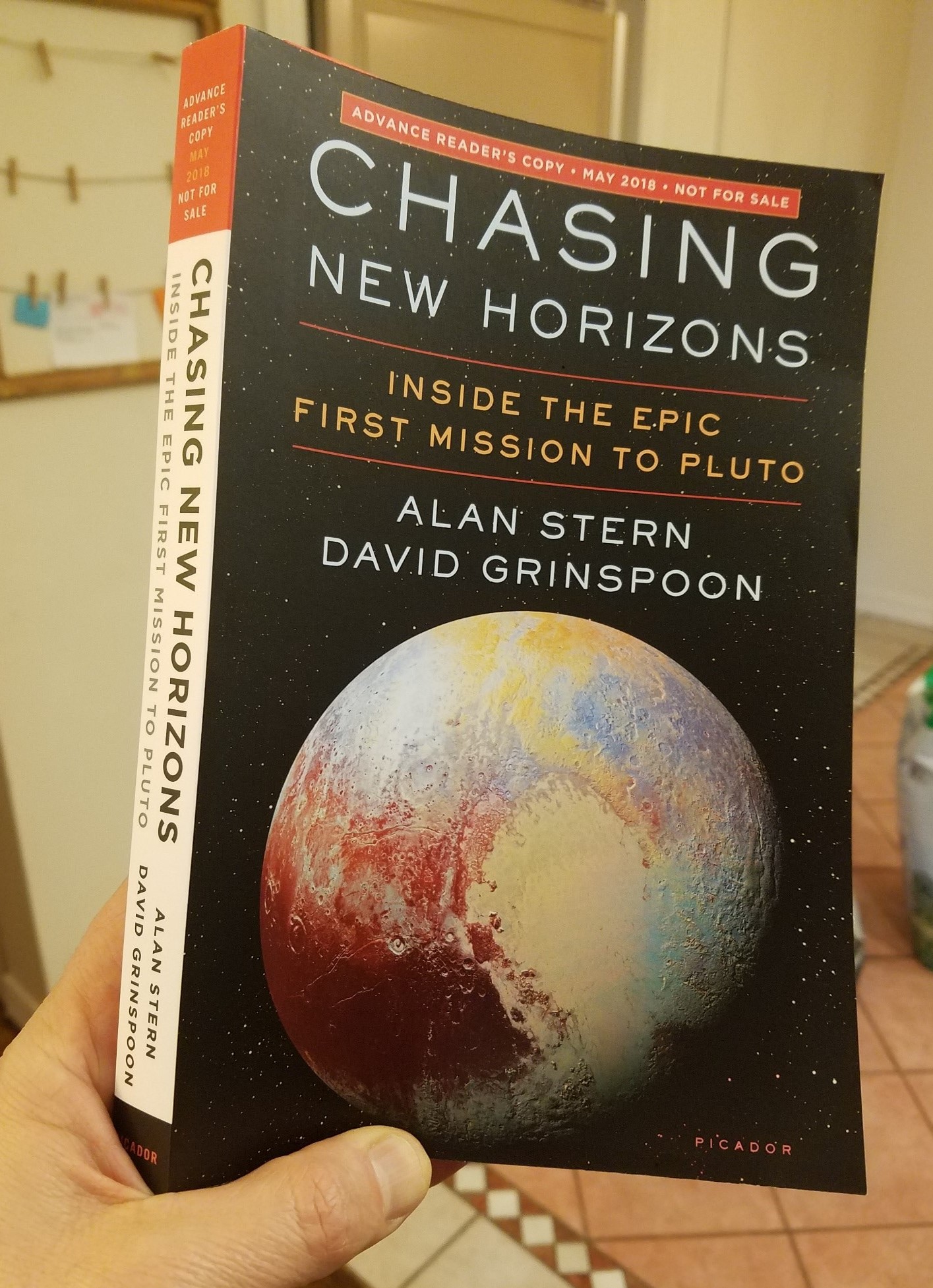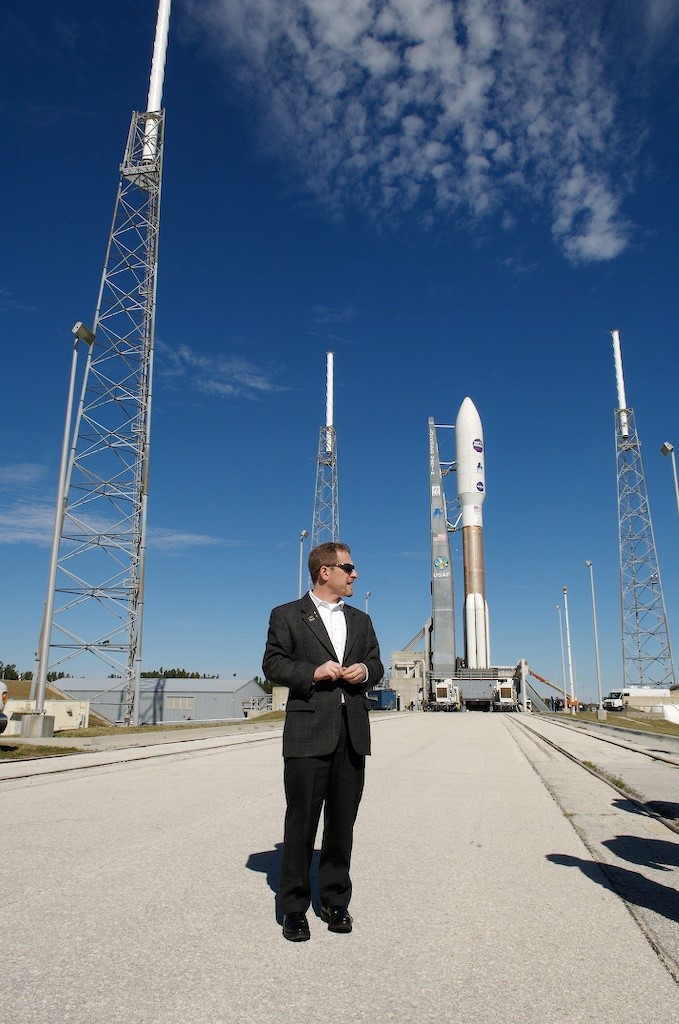GAM 2018 Blog
- Published: Friday, April 27 2018 09:00
By Alan Stern
I’m a planetary scientist who has specialized in the study of our outer solar system, particularly Pluto, other small planets out there, comets, and the Kuiper Belt. I’ve had the good fortune to be involved in a lot of space mission teams in my career—29 in total, from suborbital sounding rockets, to Shuttle experiments, to ESA and NASA planetary missions. Of the 29 missions I’ve been involved in, I’ve been Principal Investigator of the entire mission or an instrument on the mission on about half. Of those, my favorite, and the one that is probably best known, is NASA’s New Horizons mission that made the first exploration of Pluto, in 2015.
The New Horizons project was a long time in the making. It took 12 years of study and advisory committee politics just to bring it to a competition among teams who wanted to build and fly the mission. Our team, named New Horizons, won that competition in late 2001. Then we entered a breakneck 4-year effort to design, build, and test our spacecraft and get it launched in January of 2006 for the last chance Jupiter gravity assist trajectory to Pluto of that decade. New Horizon then flew at the incredible speed of over 1,000,000 kilometers per day for nine and a half years, 24x7, to reach Pluto (3 billion miles from Earth!) in the summer of 2015.
Nothing like it had occurred in a generation—the raw exploration of new worlds unparalleled since NASA’s Voyager missions to Uranus and Neptune in the late 1980s. And nothing quite like it is planned to happen ever again. The images that New Horizons sent back to Earth graced the front pages of hundreds newspapers and magazines seen on all 7 continents, and NASA’s website for the mission received more than 2 billion hits in the days surrounding the flyby.
Over 2,500 men and women worked to make New Horizons happen, and it was the highest privilege of my career to lead that team to make the farthest exploration of any world in history. But even better was the scientific wonderland that we discovered Pluto to be—a world of diverse and ongoing geologic activity; a world with a complex atmosphere and climate; a world with five moons—each fascinating in their own right; and now the first explored of all the many small planets of the Kuiper Belt.
The story of how New Horizons came to be—the good, the bad, and even the ugly, along with both our successes and our setbacks along the way, as well as the scientific results we obtained and the massive public reaction to the exploration of Pluto, are now chronicled in a new book called Chasing New Horizons (Picador Press). I coauthored Chasing New Horizons with planetary scientist and award winning writer David Grinspoon.
Chasing New Horizons is the story of the men and women behind this amazing mission: of our decades-long commitment to this exploration; of the political fights within and outside of NASA; of the amazing human ingenuity it took to design, build, and fly the mission; and of the plans for New Horizons’ next encounter, with an ancient Kuiper Belt Object 1 billion miles past Pluto, set for January 1st, 2019.
You can learn more about Chasing New Horizons at http://read.macmillan.com/lp/chasing-new-horizons-by-alan-stern-and-david-grinspoon/. It will be published on May 1st, and I hope you’ll pick one up to learn the first hand, inside story of this amazing exploration and the story behind it.

|
Alan Stern is a planetary scientist, aerospace engineer, and author. Formerly, he headed NASA’s program of all Earth and space science missions and research.
|
 |









